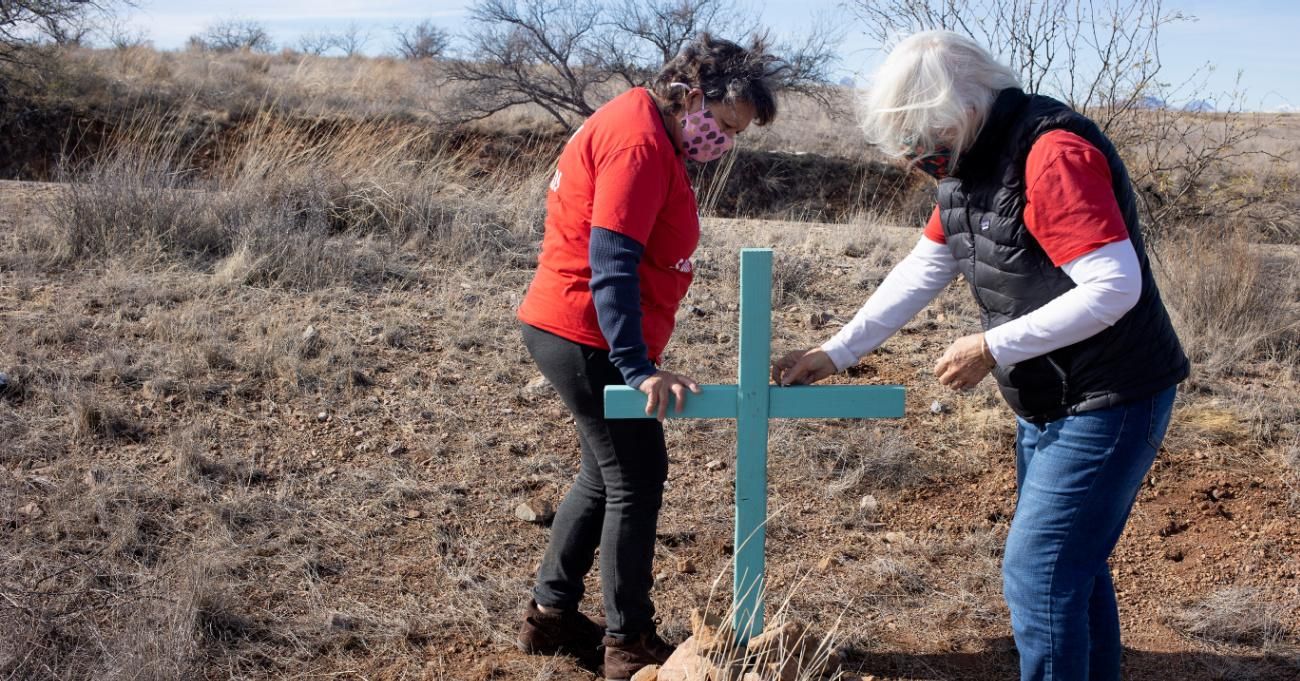
The Tucson, Arizona-based non-profit group Humane Borders said Tuesday that amid the Southwest’s extreme heatwave last month, an unusually large number of migrants’ human remains were found in the desert near the U.S.-Mexico border.
“There’s no doubt in my mind that the high temperatures have had a lot to do with it.”
—Mike Kreyche, Humane Borders
The Pima County medical examiner’s office listed exposure to the elements as the most common cause of death among the people whose bodies were found.
The unusually high number of migrant deaths in the desert last month follows the discovery of 127 bodies in the border region in the first half of 2021, compared to 96 bodies that were recovered in the same period last year.
“Helping those in distress is good, but preventing them from entering such dangerous situations would be better,” wrote Funes. “At the moment, the agency’s only attempt to stop folks from migrating is through a militarized border and, well, telling them not to.”
“What we must remember is that none of this is necessary. People shouldn’t have to brave extreme desert climates to reach the United States,” she added. “We should be able to offer them safe and legal pathways to find the help they seek. The fact that the U.S. doesn’t is a choice our leaders make.”
On social media, Funes noted that her parents trekked across the desert in the Southwest four decades ago.
“It was treacherous then—but the Earth is a lot hotter now in the 1980s,” Funes wrote. “And the border is a lot more militarized, too, so migrants are taking riskier routes to avoid border patrol.”
“All of this will only grow more and more urgent and dangerous as the world grows hotter, countries in the Global South become more unstable, and more folks head north,” Funes said.
Amid Extreme Heat, Humanitarian Group Reports Dozens of Migrant Deaths in Arizona Desert
Source: Articles Viral Post

0 Comments